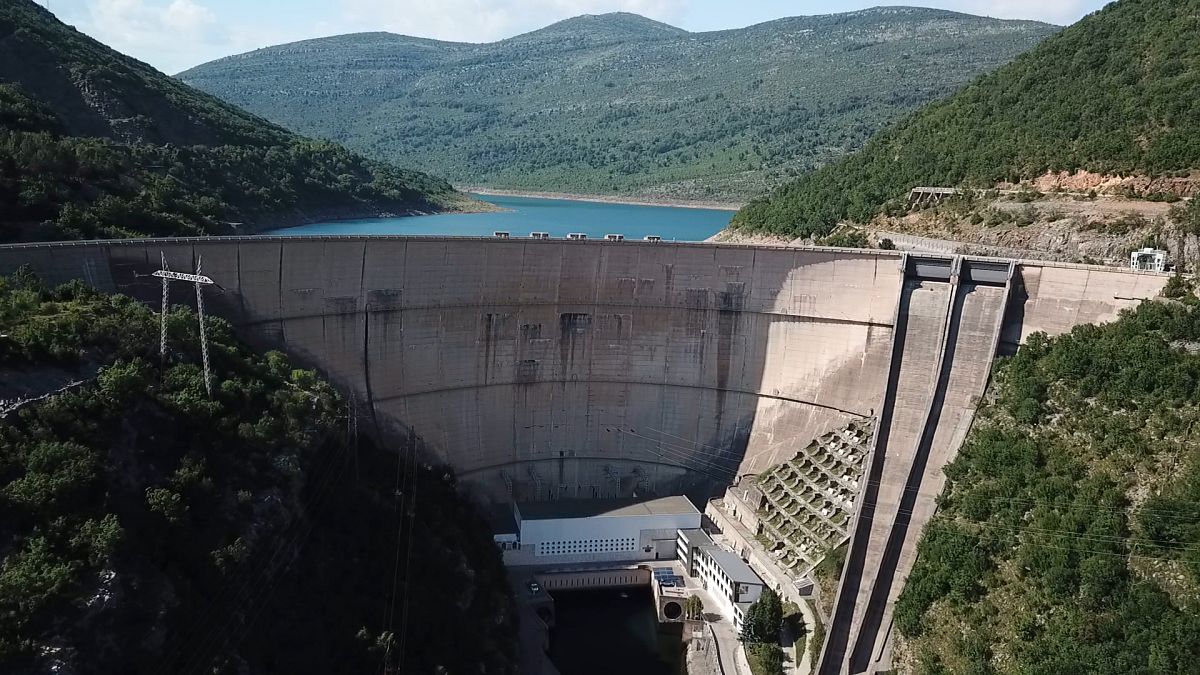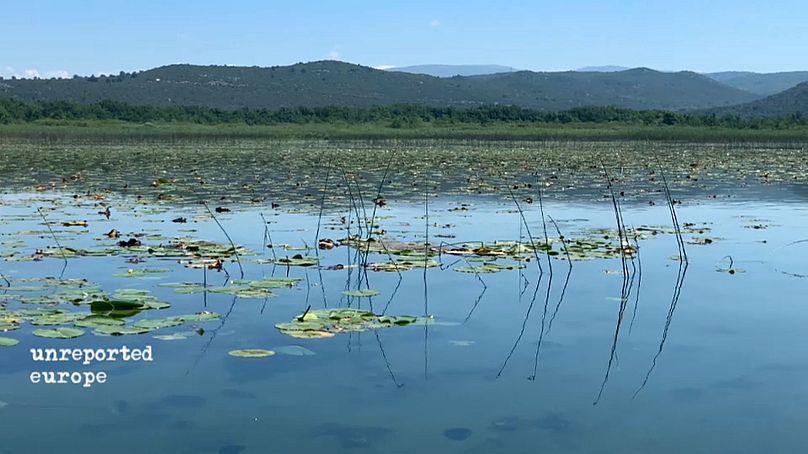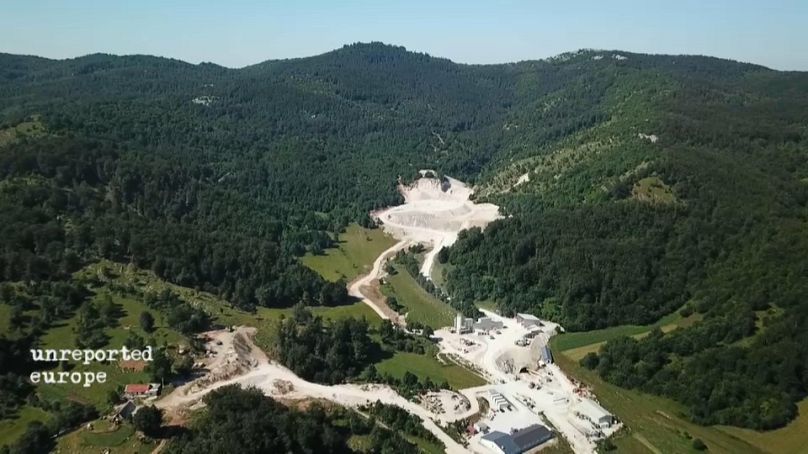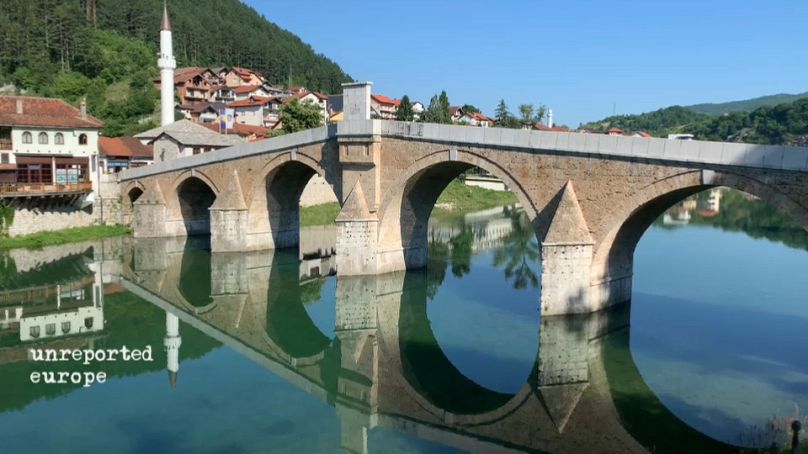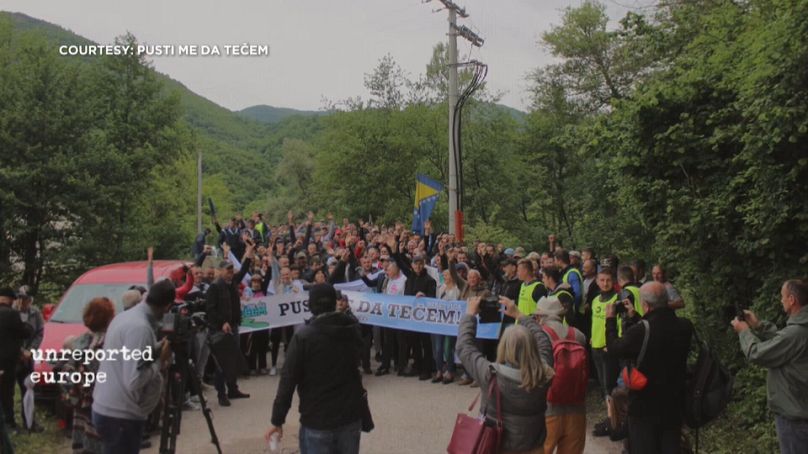Bosnia and Herzegovina depends on dirty coal. Hydroelectricity generation is a cleaner, greener alternative. So why are locals protesting against the building of dams and barrages
The development of hydroelectric dams in the Western Balkans is creating a flood of debate.
For some, projects such as Grančarevo, the tallest dam in Bosnia-and-Herzegovina, represents a model for future green energy production.
But for others, such infrastructure, both big and small, are the focus of contention and outcry.
Bosnia and Herzegovina depends on dirty coal. Hydroelectricity is a cleaner alternative. So why are there protests against dams and barrages?
The hydroelectric project on the Trebišnjica River was long left half completed - only what's called the 'Lower Horizons' was finished. But now, the so-called 'Upper Horizons' part has been given the green light for construction.
But it is causing deep dismay at Hutovo Blato, one of the richest wetland reserves in Europe. It’s a protected site, home to more than 240 types of migratory birds.
Zoran Mateljak heads the Adriatic freshwater division of the World Wildlife Fund. He says the new project could have devastating effects on the local wetlands: "Water is taken away from Hutovo Blato for electricity generation. What we have right now is just half of what is needed to support this sensitive ecosystem.
"This is one of the last remaining Mediterranean wetlands ... and it is under threat because of works that are going on at Upper Horizons Project. If it continues, this place will be dead within 30 years."
To see the debate from the other side, Euronews went to see construction works carried out on the Dabar dam project on the Upper Horizons site.
Željko Zubac, Director of the Dabar project, says it is about taking advantage of the natural features of the Bosnia-and-Herzegovina landscape to create green energy: "A very important and huge argument for the building of Upper Horizons is to make the clean energy.
"Bosnia-and-Herzegovina has a lot of water resources and clean green energy is our main goal with the building of this power plant."
According to Construction Manager Nenad Klačar, the project will make the Karst Plains and mountain valleys accessible to farmers for cultivation.
He says during the rainy winter period, fields are often flooded by water from different sources, such as underground springs. So they cannot be used properly for agriculture by the owners. He says this will change when water is redirected.
Željko Zubac categorically denies the project will take water away water from the protected wetlands of Hutovo Blato: “This is not the catchment area of the Neretva River. Hutovo Blato does not belong to this catchment area."
Environmentalists disagree. There are underground connections between the Dabar valley and Hutovo Blato, says Zoran Matelja.
Closing those sinkholes in the Karstic rocks would interrupt the wetland's water supply, he says: "This is the last chance to save the Hutovo Blato wetlands. We need five cubic meters per second in summer time. These five cubic meters are under threat because of Upper Horizons project. Any additional diversion of water would kill this place."
Buna Spring is one of Europe’s largest sources. It’s filled by several underground rivers and channels and has water flows of 40,000 litres a second. There are fears the spring could suffer from Upper Horizons.
While the debate rages over large-scale power plants, in the town of Konjic the battles are being fought over small hydro-electric projects.
Campaigner Amir Variščić is angry about the dozens of tributary creeks that were diverted to feed the hundreds of small hydroelectric plants mushrooming across the Bosnian landscape.
One such plant is the hydroelectricity unit on the Kraljuštica river.
Variščić says: "The problem is the hydropower plants. They block fish migration. The fish can not move upstream. There is no free river flow because the water is directed into pipes."
“The reason why fish, in particular trout, are threatened is the dry water bed. The hydroelectric company only releases 10 percent of the river water. So it can’t flow freely – meaning the fish cannot swim upstream to their spawning grounds.
When the village of Parsovici learnt that their river was also threatened, they mobilised to stop the building of 15 electric plants alongside the Neretvica creek. When the machines arrived the villagers. blocked the access roads. As a result, the regional Parliament banned the construction of small power plants.
Local farmer Amir Lipovac, says the river is a matter of life and death for their way of life: "We do not want to give our river away. The water from the river is important for making a living in a rural community, such as ours. Five thousand people depend on the river and the water. The battle continues and we will carry on fighting until the very end - even if we have to die for our river."
Local elections are coming up this autumn in Bosnia and Herzegovina. But as the debate ebbs and flows politicians appear increasingly likely to pour cold water on smaller plants and turn towards larger-scale projects.
